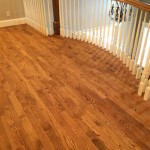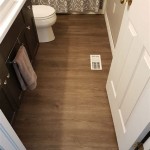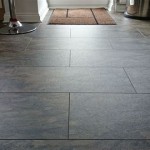Installing DIY laminate flooring can be one of the most rewarding home improvement projects. Not only is it a great way to give your home a fresh new look, but it’s also a relatively simple job to take on if you’re willing to put in the time and effort. If you’ve been considering upgrading your floors, here’s how to install DIY laminate flooring like a pro.
Prepare the Subfloor
Before you begin installing DIY laminate flooring, it’s important to prepare the subfloor. Start by ensuring that the subfloor is level, clean, dry, and free of debris. If you’re installing over concrete, you may need to install a vapor barrier. You’ll also need to check for and fix any imperfections, such as cracks or uneven surfaces, and make sure the subfloor is structurally sound.
Choose the Right Laminate Flooring
When it comes to DIY laminate flooring, there are several different types to choose from. Consider factors such as price, durability, and lifespan when selecting your laminate. Laminate flooring typically comes in 12mm, 8mm, and 5mm thicknesses, so you’ll want to choose the one that best suits your needs.
Acclimatize the Flooring
Before installing your DIY laminate flooring, you should acclimatize the planks for at least 48 hours. This helps the planks adjust to the temperature and humidity of the room, which prevents the flooring from shrinking or expanding after installation. To acclimatize your flooring, simply lay the planks out in the room where they’ll be installed.
Installing the Flooring
Once the subfloor is prepared, the flooring is acclimatized, and any trim is in place, you’re ready to begin installing the flooring. Start by laying out the first two rows of planks, making sure to stagger the seams. Then, use a tapping block and mallet to tap the planks into place. As you work, use spacers to maintain the desired distance between the planks, and make sure to use the recommended adhesive when needed.
Finishing Touches
After you’ve installed your DIY laminate flooring, it’s time to do the finishing touches. Start by check the seams and make sure they’re all even. You may need to adjust them if they’re not. Then, install the baseboards, door trim, and any other moldings, and you’re finished!
Conclusion
Installing DIY laminate flooring is a great way to give your home a fresh new look. While it may be a bit of a challenge, it’s a relatively simple job to take on if you’re willing to put in the time and effort. With the right preparation and a bit of patience, you’ll be able to install your own laminate flooring like a pro.













Related Posts








